Everything You Need To Know About The Papal Conclave
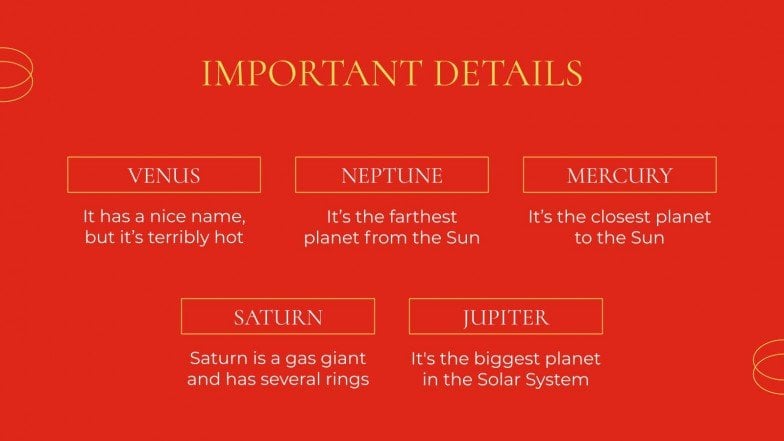
Table of Contents
The History and Evolution of the Papal Conclave
The path to electing a Pope wasn't always the meticulously structured process we see today. Early Papal elections, often fraught with political maneuvering and corruption, were far from orderly. The selection of the head of the Catholic Church was frequently influenced by powerful families, emperors, and even armed conflicts. This chaotic period of Papal election history laid the groundwork for the eventual need for formal regulations.
Early Papal Elections: A Time of Tumult
The early Middle Ages saw Papal elections marred by bribery, violence, and competing factions vying for control. Several examples illustrate the turbulent nature of these elections:
- The Papal Schism (1378-1417): A period where two, and at one point three, rival Popes claimed legitimacy, highlighting the urgent need for reform in the election process.
- The influence of powerful families: Families like the Colonna and Orsini frequently exerted considerable influence, often installing their chosen candidates through coercion or bribery.
- The role of secular rulers: Emperors and kings often interfered in Papal elections, attempting to secure the election of a Pope favorable to their interests.
Key figures like Pope Gregory X, with the issuance of Ubi periculum, played crucial roles in shaping the Conclave process through the introduction of more formal rules and regulations. Significant Papal Bulls, such as Ubi periculum (1274) and later documents, gradually refined the procedures aimed at fostering impartiality and reducing external interference in the Papal succession. These reforms helped lay the foundation for the Conclave rules we recognize today.
The Process of a Papal Conclave: A Step-by-Step Guide
The Papal Conclave is a precisely orchestrated event, shrouded in secrecy until the announcement of the new Pope. Let's break down the process step-by-step.
The Sede Vacante Period
The period between the death or resignation of a Pope and the commencement of the Conclave is known as the Sede Vacante (vacant See). During this time, the College of Cardinals assumes responsibility for the governance of the Church. This transitional period is crucial for ensuring the smooth continuation of Church affairs and preparing for the Conclave.
The Conclave's Location and Participants
The Conclave traditionally takes place in the Sistine Chapel within Vatican City. The participants are the Cardinals under the age of 80, known as the Cardinal electors. They are the sole voters in the election, each holding a single vote. Their roles are paramount in ensuring a fair and transparent process.
The Voting Process
The voting process is meticulously designed to ensure secrecy. The Cardinals gather, cast their votes on specially prepared ballots, and these are meticulously counted by appointed officials. A two-thirds majority is required to elect a new Pope.
- The secret ballot: Each Cardinal writes the name of their chosen candidate on a ballot and deposits it into a designated receptacle.
- The burning of ballots: After each voting round, the ballots are burned in a stove in the Sistine Chapel.
- Fumata bianca (white smoke): White smoke signifies the election of a new Pope.
- Fumata nera (black smoke): Black smoke indicates that no candidate has achieved the required two-thirds majority. This process continues until a Pope is elected. Recent modernizations of the Papal election process have included enhanced security measures to maintain absolute confidentiality.
The Significance and Impact of a Papal Conclave
The Papal Conclave is not merely an internal Church matter; its significance reverberates worldwide.
The Global Impact of Papal Elections
The election of a new Pope profoundly impacts the Catholic Church and the world. Billions of Catholics eagerly await the announcement, and the selection significantly influences the Church's direction on various theological, social, and political issues.
The Role of the New Pope
The newly elected Pope assumes the role of the supreme spiritual leader of the Catholic Church and head of state of Vatican City. This leadership encompasses a vast range of responsibilities:
- Spiritual guidance: The Pope provides spiritual direction to Catholics globally through sermons, encyclicals, and other pronouncements.
- Global influence: The Pope acts as a moral authority and frequently addresses international issues, advocating for peace, justice, and human rights.
- Governance of the Church: The Pope oversees the administration of the Catholic Church, appoints bishops, and guides its overall direction.
Examples of previous Papal elections highlight their profound impact. The election of John Paul II, for instance, energized the Church and influenced global politics, while the election of Pope Francis brought a renewed focus on social justice and humility. The Papal influence extends far beyond the Vatican walls, touching upon global socio-political landscapes.
Conclusion:
The Papal Conclave is a complex, fascinating, and historically significant process. From its tumultuous origins to its meticulously structured present-day form, the election of a new Pope continues to hold immense global importance. Understanding its history, procedures, and impact is key to comprehending the Catholic Church's evolution and its influence on the world stage. Learn more about the Papal Conclave by exploring further resources on Catholic history and visiting websites dedicated to the Vatican. Understand the intricacies of Papal elections and the weight of this ancient tradition. Explore the history of the Papal Conclave to gain a deeper appreciation of this pivotal event.

Featured Posts
-
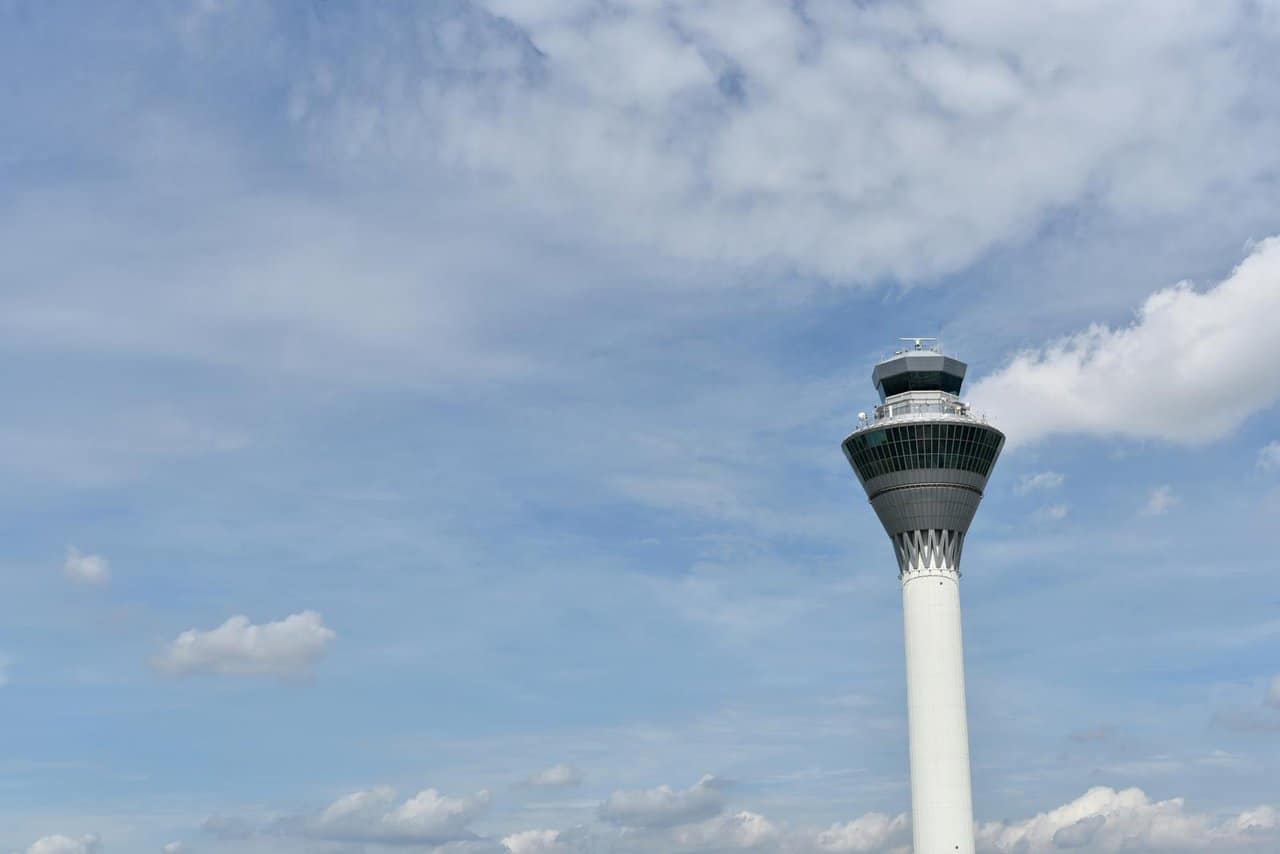 The Race To Fix Air Traffic Control Addressing The I Dont Know Where You Are Problem
May 07, 2025
The Race To Fix Air Traffic Control Addressing The I Dont Know Where You Are Problem
May 07, 2025 -
 Disha Patani Celebrates Jackie Chans Birthday With A Special Message
May 07, 2025
Disha Patani Celebrates Jackie Chans Birthday With A Special Message
May 07, 2025 -
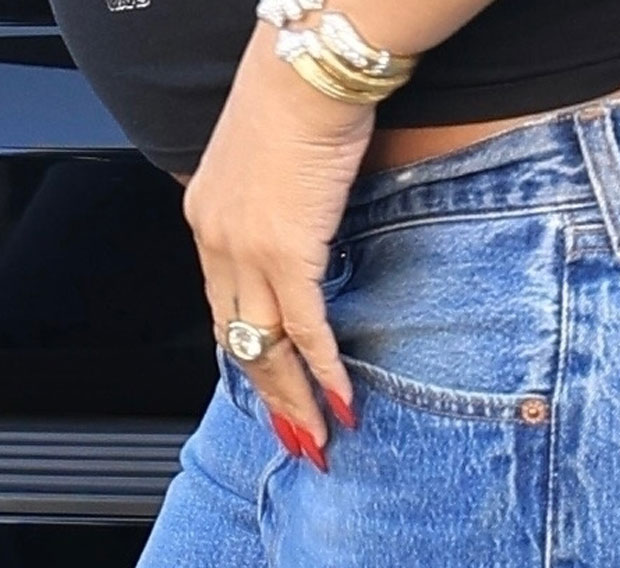 Rihanna Debuts Giant Engagement Ring Rocks Cherry Red Heels
May 07, 2025
Rihanna Debuts Giant Engagement Ring Rocks Cherry Red Heels
May 07, 2025 -
 Budowa Drog S8 I S16 Wizja Nawrockiego Zrownowazonego Rozwoju
May 07, 2025
Budowa Drog S8 I S16 Wizja Nawrockiego Zrownowazonego Rozwoju
May 07, 2025 -
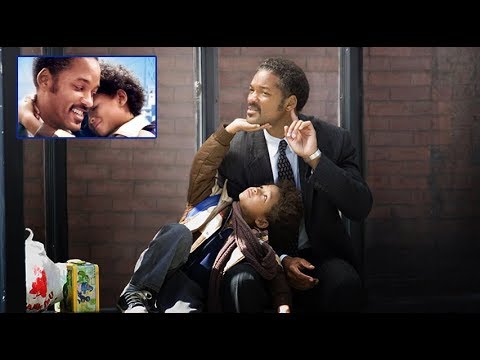 Wyl Smyth Yhtfl Bywm Mylad Jaky Shan Baldhk Walrqs Walghnae
May 07, 2025
Wyl Smyth Yhtfl Bywm Mylad Jaky Shan Baldhk Walrqs Walghnae
May 07, 2025
Latest Posts
-
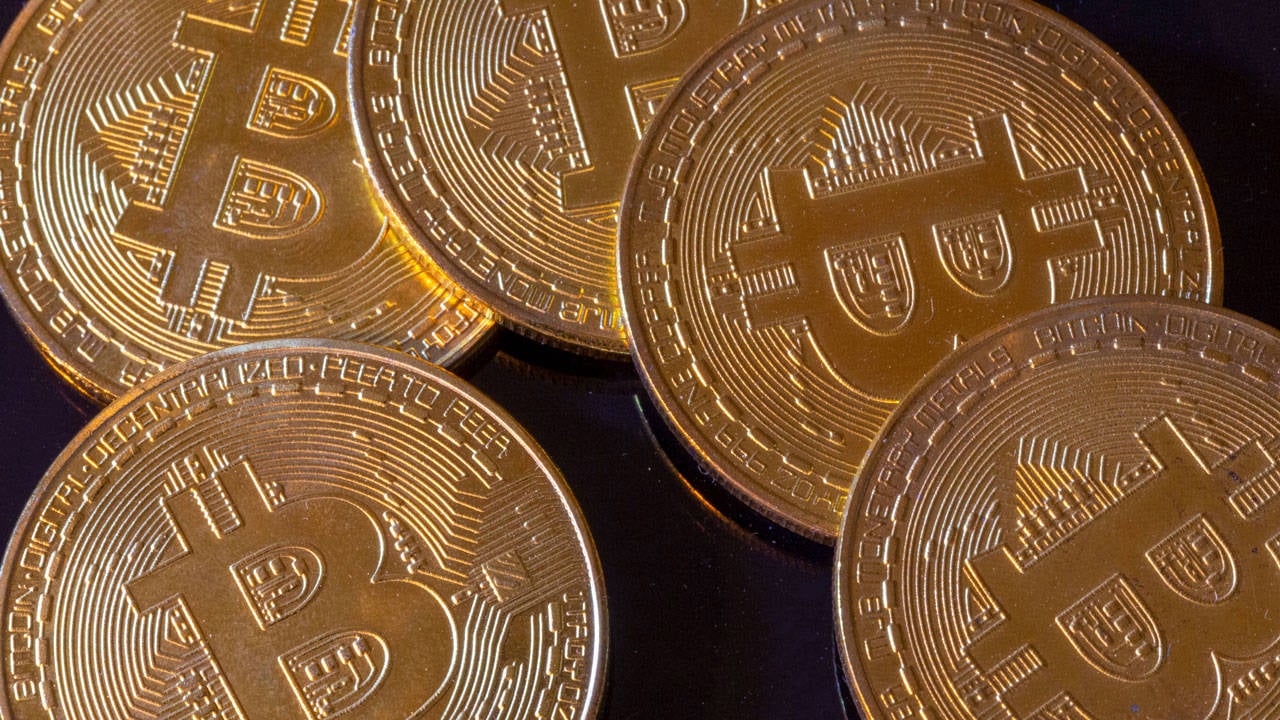 Spk Aciklamasi Kripto Piyasalarinda Yeni Bir Doenem
May 08, 2025
Spk Aciklamasi Kripto Piyasalarinda Yeni Bir Doenem
May 08, 2025 -
 Wall Street In Kripto Para Goeruesue Degisiyor Yeni Bir Doenem Mi
May 08, 2025
Wall Street In Kripto Para Goeruesue Degisiyor Yeni Bir Doenem Mi
May 08, 2025 -
 Kripto Varlik Mirasinda Sifre Guevenligi Ve Risk Yoenetimi
May 08, 2025
Kripto Varlik Mirasinda Sifre Guevenligi Ve Risk Yoenetimi
May 08, 2025 -
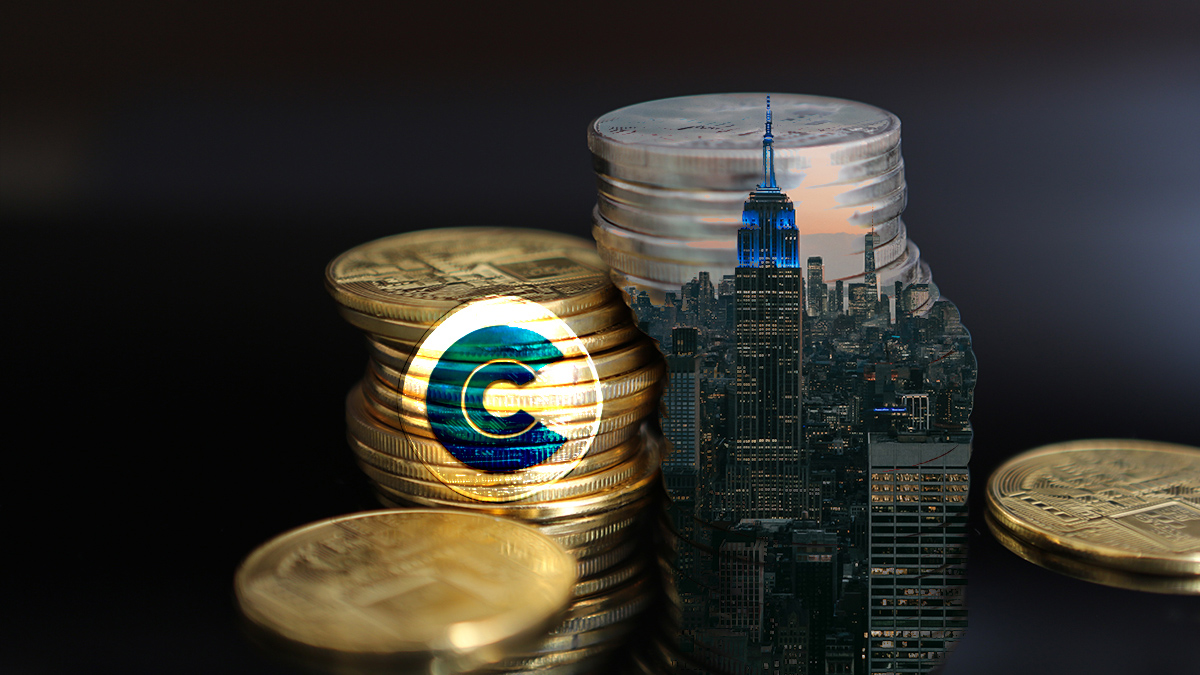 Tuerkiye De Kripto Para Duezenlemeleri Bakan Simsek In Son Uyarisi
May 08, 2025
Tuerkiye De Kripto Para Duezenlemeleri Bakan Simsek In Son Uyarisi
May 08, 2025 -
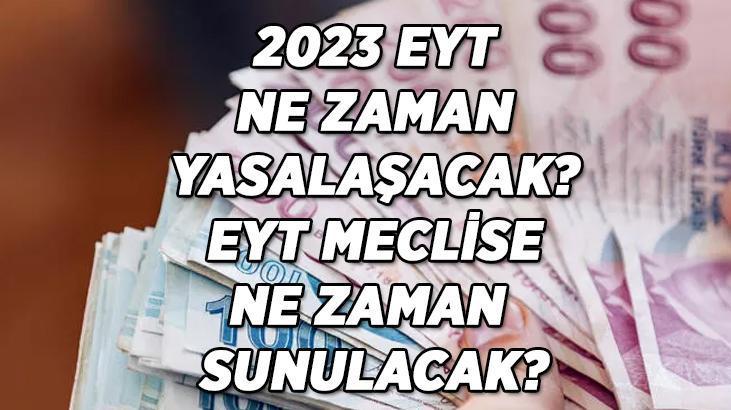 Bitcoin In Yasal Statuesue Brezilya Da Maas Oedemeleri Icin Yeni Duezenlemeler
May 08, 2025
Bitcoin In Yasal Statuesue Brezilya Da Maas Oedemeleri Icin Yeni Duezenlemeler
May 08, 2025
